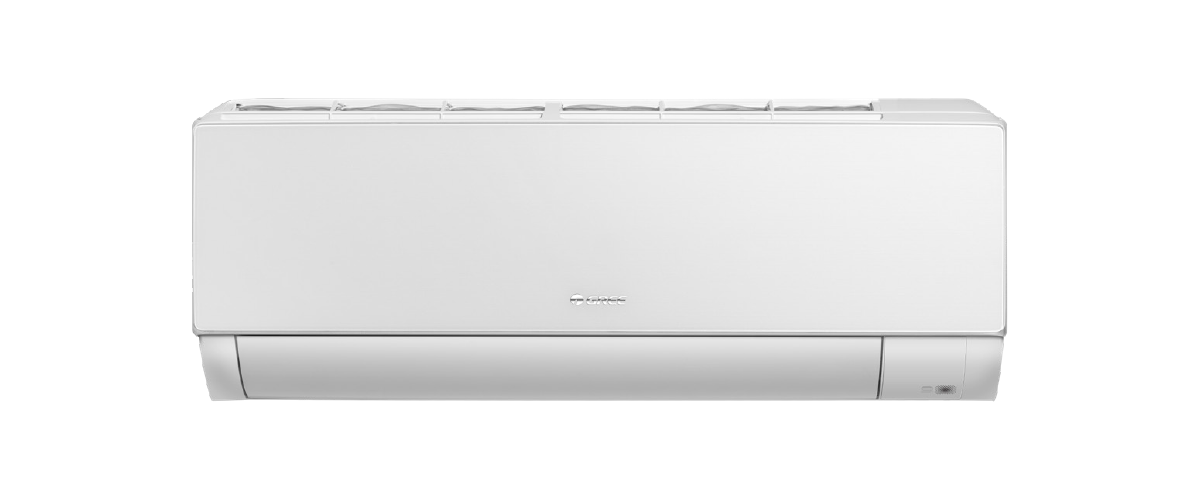Innovative Air Source Heat Pump Solutions for Modern Homes
Innovative Air Source Heat Pump Solutions for Modern Homes
Blog Article
The Evolution of Air Source Heat Pump Technology
In regards to energy-efficient and eco-friendly heat alternatives, air resource heat pushes (ASHPs) stick out as a well known selection for homeowners and corporations alike. But with improved attention surrounding sustainability and clean energy, understanding how air supply heat pushes work and their benefits is essential for creating an educated decision. This information will offer as your ultimate information to demystifying Air source heat pump (Luftvärmepump) and discovering how they provide an innovative means to fix modern heat needs.

What Can be an Air Source Temperature Push?
An air source heat pump is a heating and cooling program that extracts temperature from the outside air and moves it inside to effectively manage the heat of a building. Unlike old-fashioned heat programs that count on using gas, ASHPs use electricity to maneuver temperature, making them an even more sustainable and cost-effective option.
There are two main types of air source heat sends:
1. Air-to-Air Temperature Pushes: These move heat to the air within your house or making, working much like a mainstream HVAC program but with larger efficiency.
2. Air-to-Water Temperature Sends: These systems heat water that may then be utilized in radiators, underfloor heating techniques, and for domestic hot water.
How Do Air Source Heat Pushes Function?
Air source heat sends perform on a simple yet amazing concept. They get temperature from the outdoor air, even in colder temperatures, employing a compressor and a refrigerant system. Here's a rapid breakdown of the procedure:
1. Heat Consumption: The system absorbs heat from the air outside.
2. Pressure: The warmth is then compressed employing a refrigerant, raising its temperature.
3. Heat Transfer: This heat is moved into the building to warm your home or water.
4. Recycling: The refrigerant rounds back once again to repeat the process.
ASHPs can also opposite this method in warmer weeks, working as an air conditioner by transferring heat from inside to the surface air.
Why Pick Air Supply Heat Pushes?
The rising popularity of air supply heat sends could be credited to their numerous benefits over standard methods:
• Power Performance: ASHPs use electricity to move heat rather than create it, lowering energy consumption.
• Eco-Friendly Heat: By leveraging green temperature from the air, ASHPs decrease carbon emissions significantly.
• Cost Savings: While the initial investment might be larger, paid off energy bills produce ASHPs a cost-effective option in the extended term.
• Flexibility: Whether you're in need of heating, chilling, or warm water, air source temperature pumps offer multi-functionality in a single system.
• Small Preservation: These methods are designed for low maintenance, generally requiring only an annual check-up.
Are Air Supply Temperature Pushes Proper for You?

Air supply temperature pumps are most reliable in covered properties and in climates wherever temperatures do not regularly drop extremely low. If you are considering one, here certainly are a several facets to take into consideration:
• Current Heating Process: Retrofitting a heat pump into a preexisting process might need extra upgrades, such as better efficiency or compatible heat emitters.
• Outdoor Place: ASHPs require room around them to permit unrestricted airflow.
• Transparent Fees: As the purchase and installment prices may seem large, government incentives and long-term savings usually counteract that original investment.
Final Thoughts
Air resource temperature pumps represent an advance in sustainable heating and energy efficiency. Using their capability to cut down on carbon emissions and deliver trusted ease year-round, they are a powerful selection for anybody looking to align with cleaner energy solutions. By understanding how these methods work, you'll be well-positioned to decide if they are the proper fit for your property or business.
Report this page